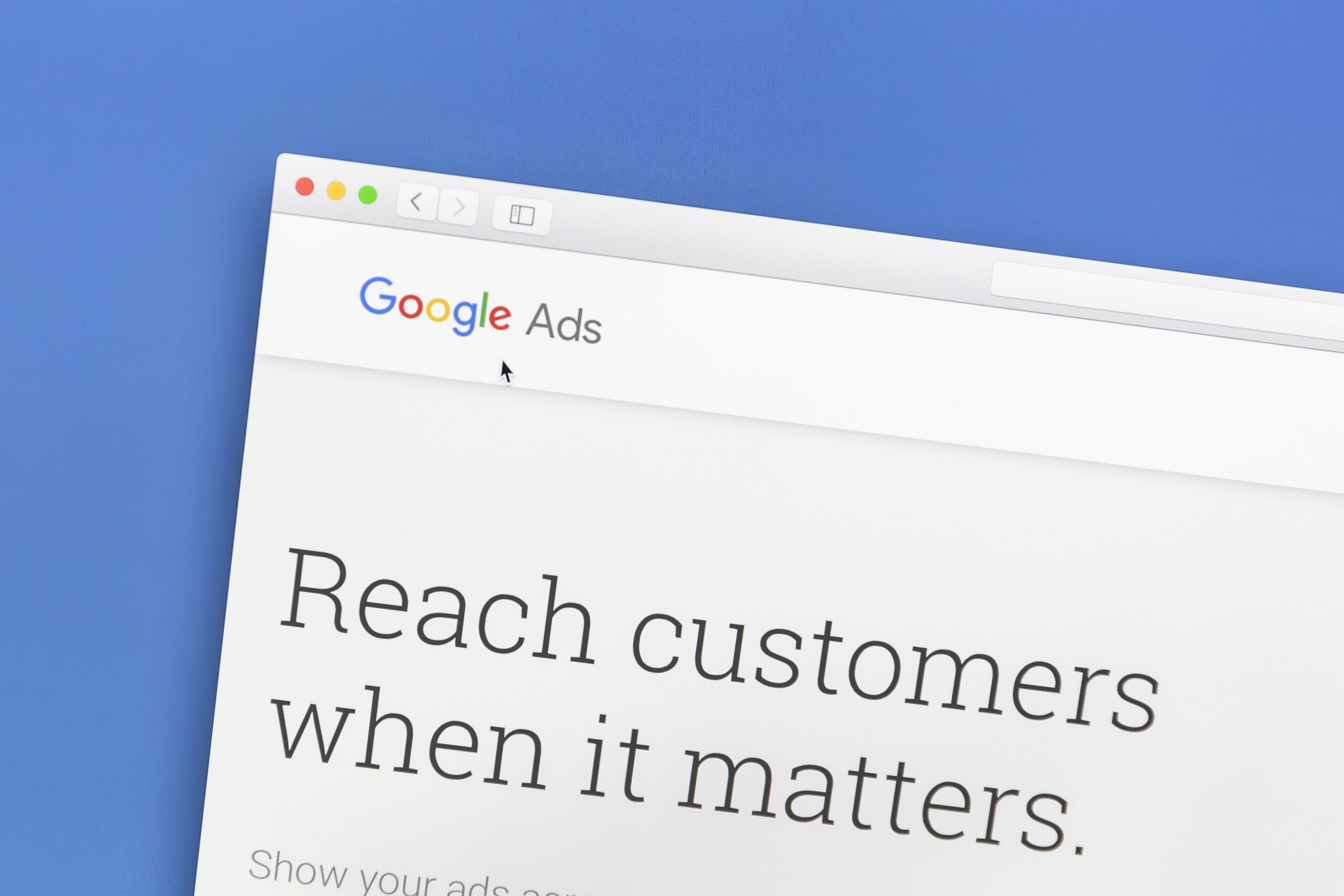1. LinkedIn launched engagement retargeting
What: On June 2nd, LinkedIn announced engagement retargeting options for video ads and lead- generation forms. This will allow advertisers to reach users who have watched 25, 50, 75, 97%, or 100% of their video ads, as well as those who have opened or submitted one of their forms.
Why: As LinkedIn is a platform designed for professionals, it normally takes longer to convert prospects into customers and ensure you’re targeting the right people. Plus, in just one example, LinkedIn stated that the new remarketing capabilities increased TOPdesk’s conversion rate by 20%, while their cost per conversion went down by 24%.
The result: Audiences for lead-gen targeting can be found under Matched Audiences > Account Assets, and will have a minimum size requirement of 300. Audiences for video are in the same section, though this also extends to users who watched your video on the Audience Network.
2. Google featured snippets now highlight answers on your website
What: Google took to Twitter to announce that featured snippets will now take users to the exact text highlighted for HTML pages when it’s clear where the text actually is. This comes after Google began testing the feature on desktop for non-AMP pages around a year ago.
Why: Being directed to the exact text on a page will make the search much faster for users, allowing them to find the information they need instantly. However, as some users pointed out, it isn’t always going to be possible for Google to highlight snippets, and some searches might be faced with a paywall.
The result: There’s no markup needed by webmasters to enable a featured snippet. If a browser doesn’t support the underlying technology needed, or if our systems can’t confidently determine exactly where within a page to direct a click, clicking a featured snippet will take a user to the top of the source web page.
3. Google rolled out four new attributes to GMB listings
What: Google rolled out four new attributes that businesses can use to make their Google My Business listing stand out in the SERPs. These include:
- Online Care
- Online Appointment
- Online Estimates
- Online Classes
All of which will be shown beneath the business name and opening hours.
Why: Google has been rolling out updates since the start of the pandemic, such as these for restaurants, to help users make more informed decisions about where to visit. Since a lot of businesses are also only operating online, these attributes should clear up any confusion and direct searchers to the services most ideal for them.
The result: These attributes won’t be relevant for every business, but it’s suspected there will be some more updates related to safety measures when stores re-open. For now, businesses can add these attributes to their GMB listing in the Location section of their account.
4. Google announced free ads for businesses in Google Maps
What: From now until September 2020, smart campaign advertisers can promote their business for free in Google Maps using promoted pins. Advertisers won’t be charged for clicks, calls, or sales generated from this feature.
Why: Promoted pins will help businesses stand out in Google Maps by highlighting specific services and offerings and hopefully make it easier for them to reopen after lockdown. In fact, according to Google, over 1 billion people use Google Maps to see what’s around them, search for businesses, and find directions.
The result: Google has started rolling out promoted pins for advertisers with a Google My Business profile, and suggest it will be fully available in the coming weeks. In addition to this, Google Ads is enhancing smart campaigns with the ability to make the sign-up process easier and faster, show performance directly in the search results, and control when ads are shown.
5. Snapchat to roll out dynamic ads globally
What: Since being impressed with the US beta, Snapchat is now offering their dynamic ads worldwide. The product allows advertisers to automatically create ads in real-time using the brand’s extensive product catalogs, instead of manually creating their own format, and showcase their products in a more native manner.
Why: Ed Couchman, Snapchat U.K. General Manager said the number of businesses that wanted to get involved was far above what they expected, “showing the appetite for brands to get on board with e-commerce”. Adidas’s media team also saw a 52% growth in ROAS using Snapchat’s dynamic ads.
The result: Users will be required to upload their catalog to Snapchat before their products are automatically put into a template and shown to relevant users. If a product’s price or availability changes, the ads will automatically update in real-time, cutting out tedious work for the advertiser.
6. Google expanded business messages in search and local
What: On June 25th, Google announced they were expanding Business Messages in Maps and Search to support a range of businesses. They have also introduced new smart replies, visual product carousels, and unique welcome messages, as well as providing a smooth transition from automated replies to a customer service agent.
Why: The new feature will essentially allow businesses to build a better connection with their customers and make customer care more effective. This can be seen with one of the first organizations to test Messages, DISH, with a partner [24]7.ai, who saw a reduction of more than 22% in average handle time using Business Messages.
The result: Business Messages are currently available in English and will cover other languages launching soon. Brands and messaging partners can sign up to access the Business Messages API and developer documentation now, and Business Messages will be available on mobile websites.
7. Users can block political ads on Facebook and Instagram
What: A new feature called the Voting Information Center has rolled out on both Facebook and Instagram, providing valuable information and allowing users to opt-out of political advertising. This includes social issues ads, electoral ads, political ads from candidates, super PACs, and any ad type with a “paid for by” disclaimer.
Why: The Voting Information Center will provide details on when and where users can vote, including information on mail-in ballots, voter registration, and early voting options. This comes after Mark Zuckerberg’s statement, which reads:
The best way to hold politicians accountable is through voting, and I believe we should trust voters to make judgments for themselves.
The result: Deemed as “the largest voting information effort in US history”, the new Information Center will aim to double the estimated 2 million people who registered to vote in 2016, without being influenced by political ads. It will appear at the top of users’ Facebook and Instagram News Feeds, reflecting the latest information for their specific location.
8. Google will now auto-delete your location history
What: Following Google’s introduction of auto-delete controls, they are now giving users the choice to delete their Location History, voice, search, and YouTube activity after 3 or 18 months. Users will also have more control over their privacy settings, such as easier access to incognito mode and more proactive privacy controls.
Why: The new update is part of a wider effort by Google to give users more control over their location history, particularly after scandals in regards to privacy. This was addressed throughout the formal announcement, part of which read “As we design our products, we focus on three important principles: keeping your information safe, treating it responsibly, and putting you in control“.
The result: If you already had Location History and Web & App Activity turned on, your settings will remain the same. For advertisers, if the update helps users feel more confident and at ease with their Location History, it will be easier to narrow down targeting and achieve better results.

